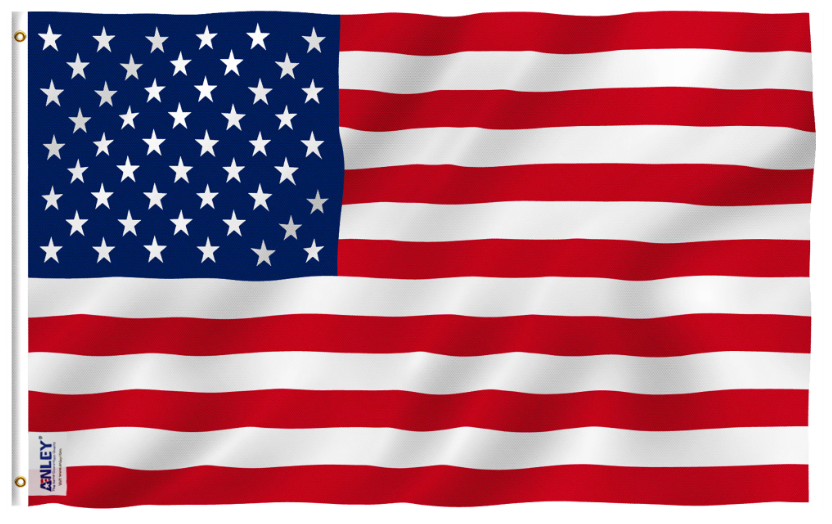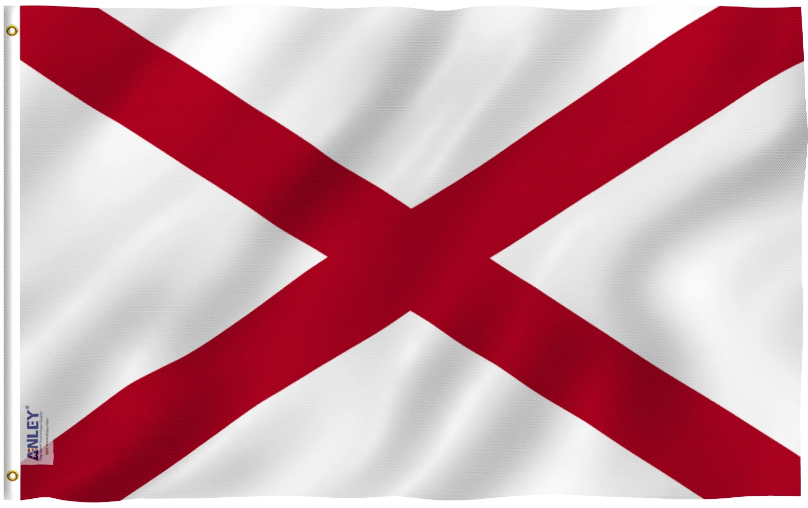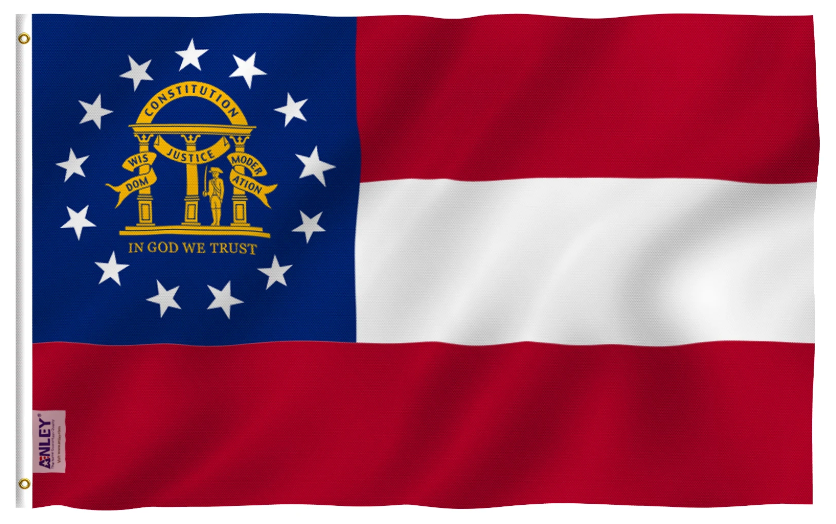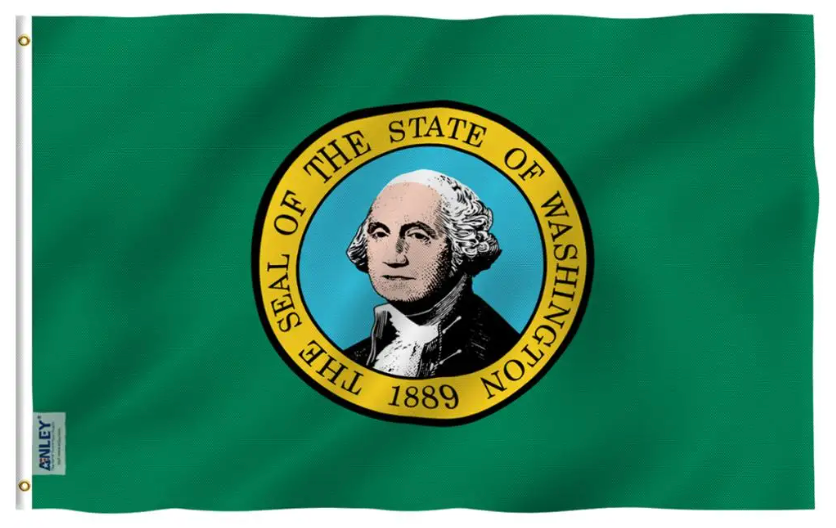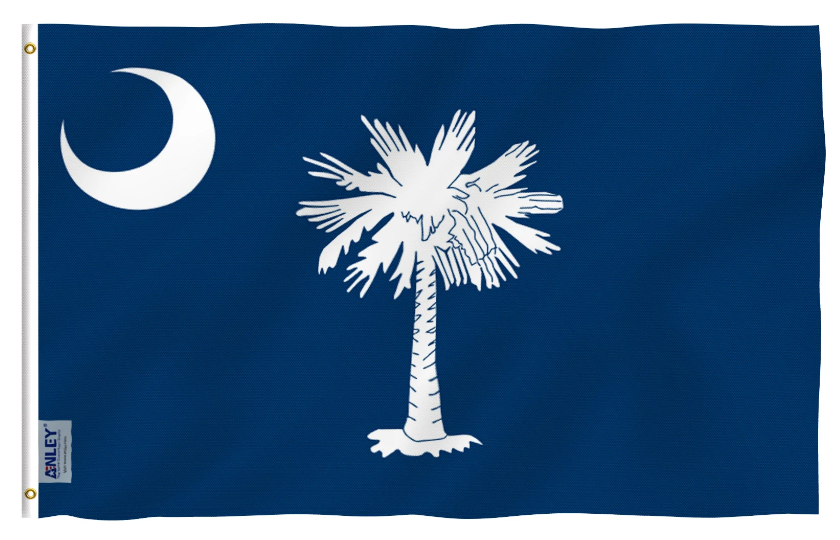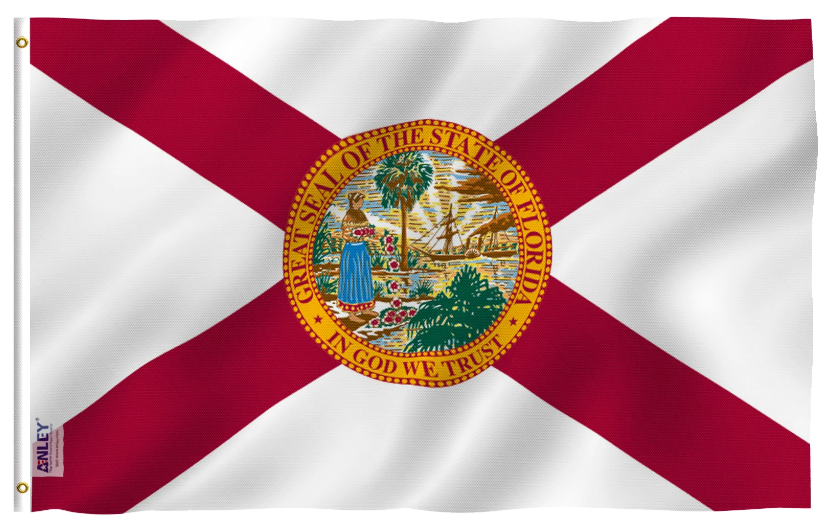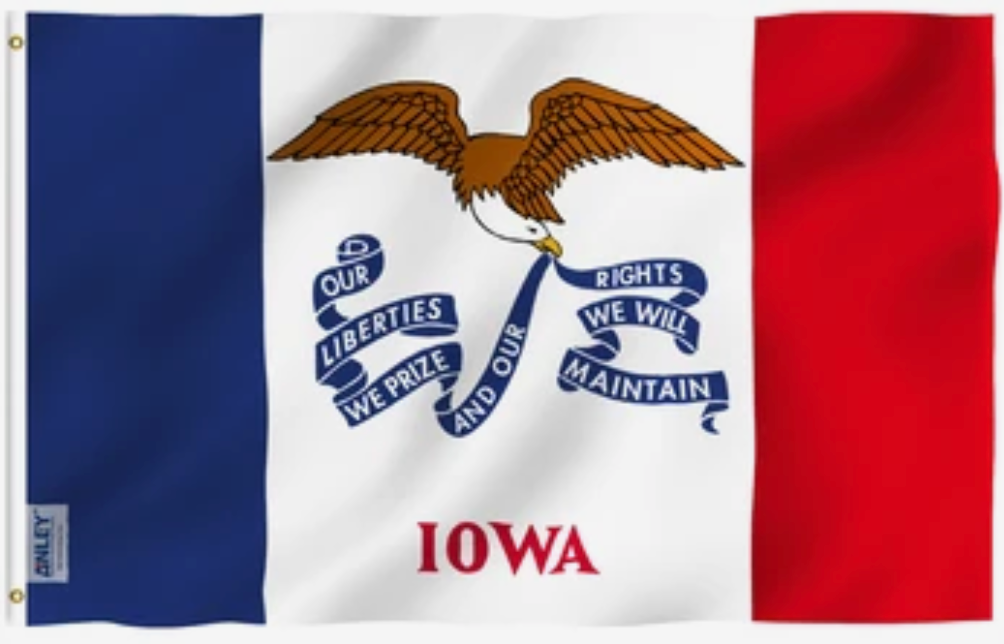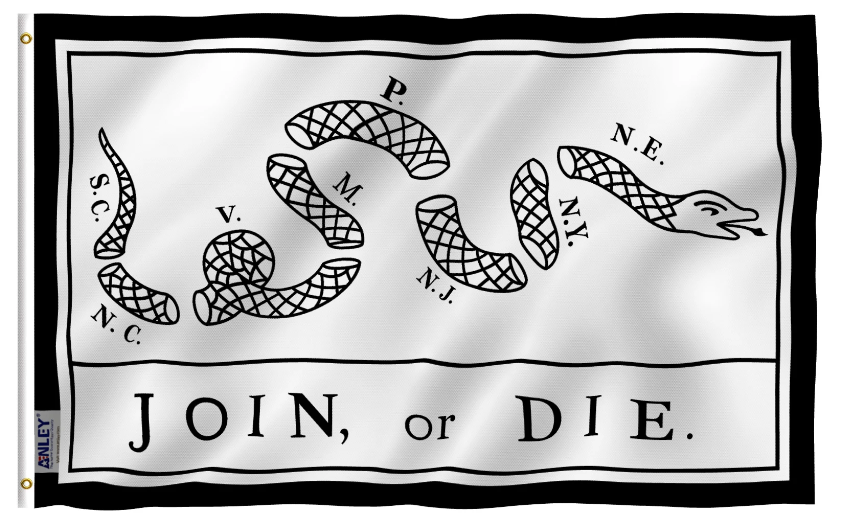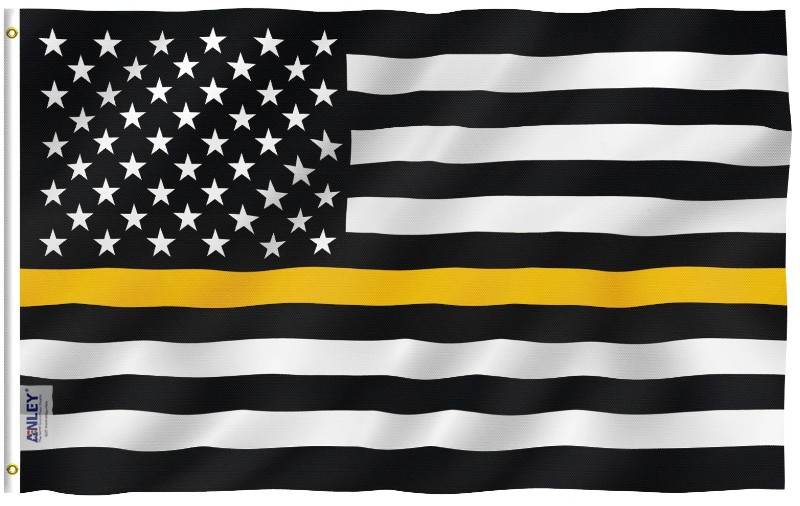The Origins of the American Flag
The American flag, often referred to as the "Stars and Stripes," has a rich history that dates back to the American Revolution. On June 14, 1777, the Continental Congress passed the first Flag Act, which established the official design of the American flag. The Act stated: "Resolved, that the flag of the thirteen United States be thirteen stripes, alternate red and white; that the union be thirteen stars, white in a blue field, representing a new constellation." This design symbolized the unity of the original 13 colonies in their fight for independence from British rule.
Evolution Through the Years
As the United States expanded, so did the flag. Each new state admitted to the Union required an update to the flag. The most notable changes included adding stars to represent each state while maintaining the original 13 stripes to honor the original colonies. The number of stars grew from 13 to 50, reflecting the country's growth and development.
The design changes were officially recognized by acts of Congress. For instance, the 1818 Flag Act established that a new star would be added to the flag on the Fourth of July following a state's admission to the Union. This law ensured that the flag would always represent the current number of states.
The Flag in Modern Times
Today, the American flag is more than a symbol of the nation's history; it represents the values and principles upon which the country was founded. It is a powerful emblem of freedom, democracy, and unity. The flag is flown proudly at homes, businesses, government buildings, and during significant national events and holidays.
One of the most poignant uses of the flag is in honoring military service members. The flag-draped coffin is a solemn tribute to those who have given their lives in service to their country. Additionally, the flag is used in various ceremonies, including inaugurations, Independence Day celebrations, and Memorial Day observances.





